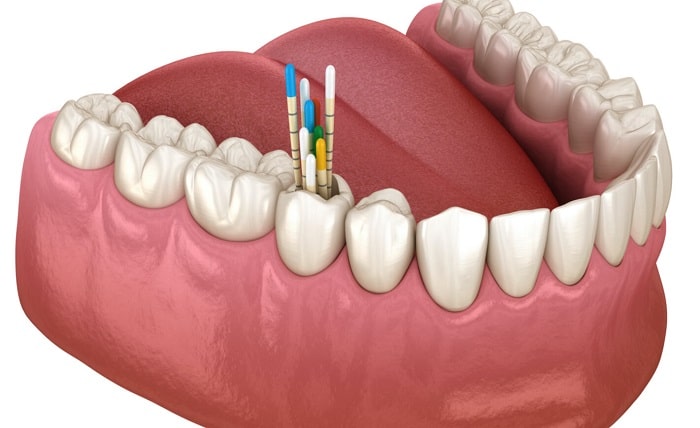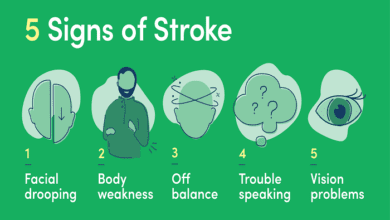The Role of Dental Gutta Percha Points in Root Canal Procedures

Dental gutta-percha points play a major role in modern dentistry, especially when it comes to root canal treatments. This material has proven to be revolutionary and reliable for a long time. It has amazing sealing properties and is very compatible with human tissues. In this blog, we will discuss the common characteristics, pros, and cons of these cones with respect to root canal procedures.
What are Dental Gutta Percha Points?
Dental gutta percha points are tapered cones of small size that are made up of gutta percha, a material derived from the sap of a particular type of tree. They are used in procedures such as endodontic/root canals for filling and sealing the root canal space. This filling is done after thoroughly cleaning the root canal space after the removal of damaged/infected pulp tissue. This material has been used in dental procedures for about 170 years now. It was used first by an American endodontist, Edwin Maynard. For years, there have been many types of research on alternative materials for this procedure, but none of them have been as compatible as gutta-percha. This is mainly because of its ability to seal the root canal and prevent any bacteria from entering the affected area.
Characteristics of Dental Gutta Percha Points
Material:
Dental gutta percha points are made of gutta percha, a biocompatible material like rubber. This material is utilized mainly because of its ability to adjust to the irregular root canal space and its sealing properties.
Tapered Design:
They are shaped like small cones and have tapered ends. This shape allows them to fit properly in the root canal space and seal the space securely.
Different Sizes:
These points are available in different tapers and sizes to match the various sizes of root canals. Dentists pick the right size of dental gutta percha points according to the taper and diameter of the root canal that they have prepared.
The Pros and Cons of Dental Gutta Percha Points
This revolutionary material has been used in endodontic treatments for more than one and a half-century. Like any other dental material, this material also has a fair share of pros and cons. Let us take a look at them:
Pros:
- Easy to Use: Dental gutta Percha points are very easy to use because they come in a wide variety of sizes and tapers. The variety in size makes it easy for dentists to use the size most compatible with every patient’s procedure.
- Compatibility with Thermal Techniques: this material is compatible with various thermal techniques, like warm vertical compaction or warm lateral condensation. It helps dentists achieve a better, three-dimensional canal filling.
- Stability: After the procedure is done, these cones stay stable in the root canal and do not easily break or degrade with time.
- Proper Sealing: The most important step in a root canal procedure is the removal of infected tissue from the tooth. Thereafter, the canal is cleaned and shaped. Gutta-percha points are used to fill this cleaned and shaped canal. The filling process is known as obturation, and it includes putting the gutta-percha points in the canal with the help of heat/solvent-based techniques to soften and shape the material. This material effectively seals the canal and secures it to prevent any further infections.
- Compatibility: It is compatible with human body tissues and is easily tolerated by the majority of patients. The minimal risk of adverse reactions is the major reason behind their popularity worldwide.
Cons:
- Sensitive Technique: An expert is required to achieve a properly condensed and well-adapted fill of this material. If skill or technique are lacking, and the material is handled improperly, voids or incomplete sealing can occur.
- Difficult to Remove: The fill of this material is stable, but at the same time very difficult to remove from the root canal. This can be difficult if there is a retreatment of the root canal because of complications or reinfections.
- Potential to Break: In certain cases, dental gutta percha cones can fracture at the time of placement. This can happen in peculiar cases with narrow or curved canals. If these cones are broken or fractured, they can compromise the material’s sealing ability.
- Possibility for Shrinkage: This material is also prone to a little bit of decrease in dimension over time, which can cause shrinkage in the root canal space.
- Difficulty in Handling: These cones can be a little difficult to handle, especially in warm environments, and this is why absolute precision is needed when handling them.
There are certain limitations to dental gutta percha points, but the pros have always weighed higher in the dentistry field. This is because most of the cons can be avoided with precision, but the pros cannot be achieved with any other material. Dentists worldwide combine it with sealer materials to increase its sealing capability. The recent advancements in dentistry have made it easier to increase the reliability and predictability of using these cones in root canal procedures.
A Final Word
To sum it up, dental gutta percha points like DiaDent gutta percha points are absolutely irreplaceable in root canal procedures. This is because they are easy to use, biocompatible, and effective in terms of sealing. Such advantages and characteristics of these cones are what make them the first choice of dentists worldwide. There are some challenges, too, but there is nothing that cannot be overcome with technique, precision, and practice. If you are a dentist who is looking forward to buying these cones, among other tools and materials for your dental practice, Dental Avenue is what you are looking for. They have quality tools and materials for your dental practice, and yes, you guessed it right: you can buy it all online.




